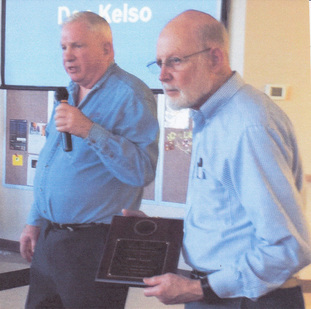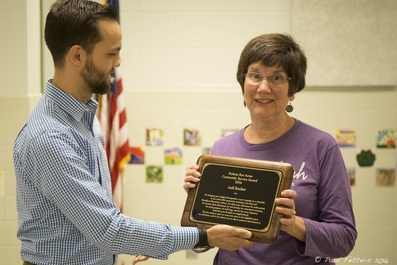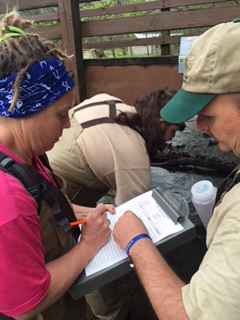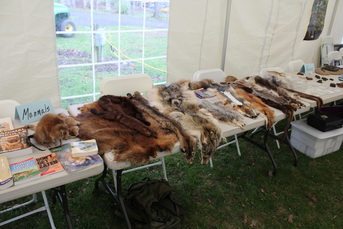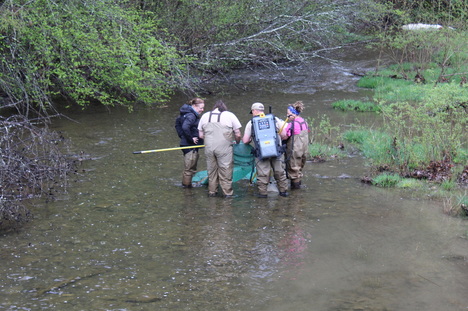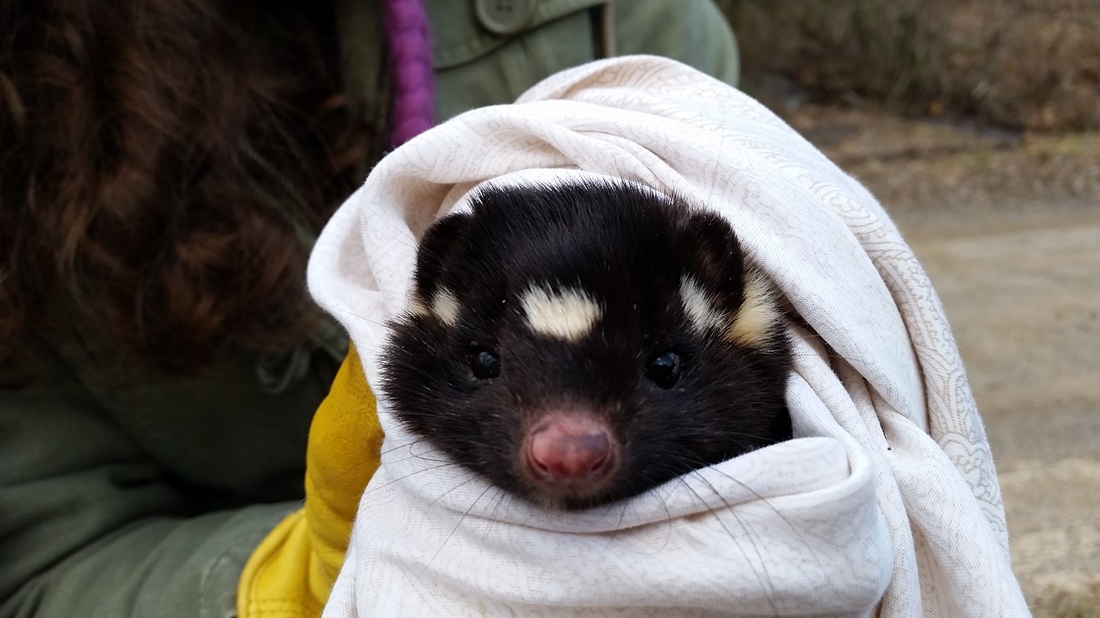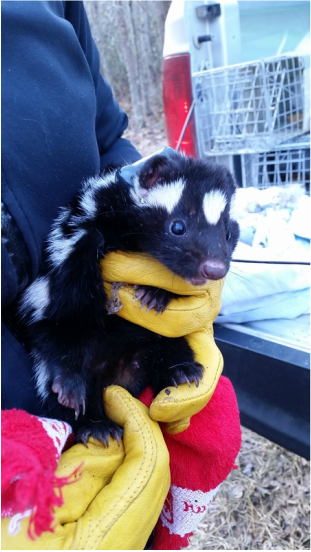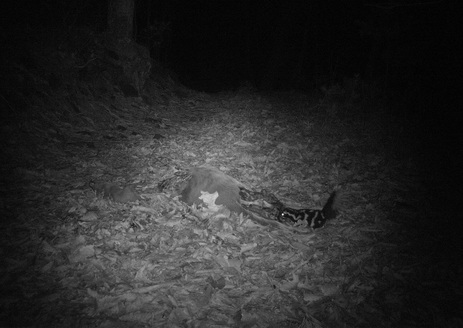From Our Sponsors and Partners – State recreation planners to host regional stakeholder meetings
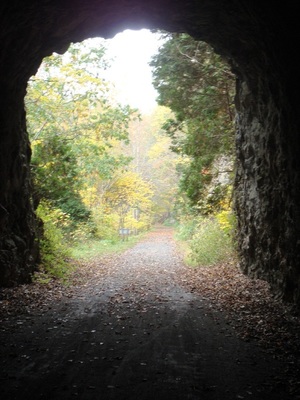 New River Trail State Park. Image by Virginia Master Naturalist volunteer.
New River Trail State Park. Image by Virginia Master Naturalist volunteer.
The Virginia Outdoors Plan is the state’s comprehensive plan for land conservation, outdoor recreation and open space. The document helps all levels of government and the private sector meet needs pertaining to those matters. The plan is required for Virginia to participate in the federal Land and Water Conservation Fund program. In addition, it provides guidance for the protection of lands through the Virginia Land Conservation Foundation.
The Virginia Department of Conservation and Recreation is working with Virginia’s planning district commissions and regional councils to review outdoor recreation and land conservation initiatives related to the Virginia Outdoors Plan. Meetings will be held in each region from August through November, and Virginia Master Naturalists are encouraged to attend.
Meeting attendees will be asked to provide input on:
- Regional outdoor recreation and land conservation projects
- Economics and tourism, health, play and youth outdoors.
- Scenic resource protection and recognition and dark skies.
- Government ownership of recreation lands.
The annual meetings provide stakeholders an opportunity to inform local decision makers. Information on the Virginia Treasures initiative will available to enable localities and regions to highlight recent achievements in land conservation and outdoor recreation.
2 p.m.
Accomack-Northampton Planning District Commission
23372 Front St.
Accomac, VA 23301
Aug. 30
10 a.m.
Northern Neck Enterprise Center
483 Main St.
Warsaw, VA 22572
Aug. 31
10 a.m.
Middle Peninsula Planning District Commission
125 Bowden St.
Saluda, VA 23149
Sept. 6
10:30 a.m.
Tabb Library in York County
100 Long Green Blvd.
Yorktown, VA 23693
Sept. 7
10 a.m.
Northern Virginia Regional Commission
3060 Williams Drive, Suite 510
Fairfax, VA 22031
Sept. 8
1:30 p.m.
Hampton Roads Planning District Commission
723 Woodlake Drive
Chesapeake, VA 23320
Sept. 26
10 a.m.
West Piedmont Planning District Commission
1100 Madison St.
Martinsville, VA 24115
Sept. 27
10 a.m.
New River Valley Regional Commission
6580 Valley Center Drive
Radford, VA 24141
Sept. 27
2:45 p.m.
Cumberland Plateau Planning District Commission
224 Clydesway Drive
Lebanon, VA 24266
Sept. 28
10 a.m.
Mount Rogers Planning District Commission
1021 Terrace Drive
Marion, VA 24354
Sept. 29
9:30 a.m.
Lenowisco Planning District Commission
372 Technology Trail Lane
Duffield, VA 24244
Sept. 30
Time and location to be announced
Central Shenandoah Planning District Commission
Oct. 4
10 a.m.
Southside Planning District Commission
200 S. Mecklenburg Ave.
South Hill, VA 23970
Oct. 6
1:30 p.m.
Richmond Regional Planning District Commission
9211 Forest Hill Ave., Suite 200
Richmond, VA 23235
Oct. 12
Noon
Crater Planning District Commission
1964 Wakefield St.
Petersburg, VA 23805
Oct. 13
2 p.m.
George Washington Regional Commission
406 Princess Anne St.
Fredericksburg, VA 22401
Oct. 18
10 a.m.
Region 2000 Local Government Council
828 Main St., 12th Floor
Lynchburg, VA 24504
Oct. 18
3 p.m.
Roanoke Valley-Alleghany Regional Commission
313 Luck Ave. SW
Roanoke, VA 24010
Oct. 25
2 p.m.
Farmville-Prince Edward Community Library
1303 W. Third St.
Farmville, VA 23901
Oct. 26
2 p.m.
Thomas Jefferson Planning District Commission
401 E. Water St.
Charlottesville, VA 22902-1505
Oct. 27
10 a.m.
Northern Shenandoah Valley Regional Commission
400-E Kendrick Lane
Front Royal, VA 22630
Nov. 17
10 a.m.
Rappahannock-Rapidan Regional Commission
420 Southridge Parkway
Culpeper, VA 22701
For information about meetings, contact Janit Llewellyn Allen at 804-786-0887 or janit.llewellyn@dcr.virginia.gov.



